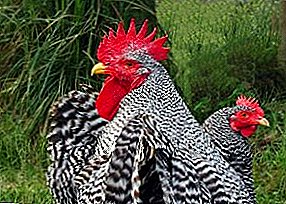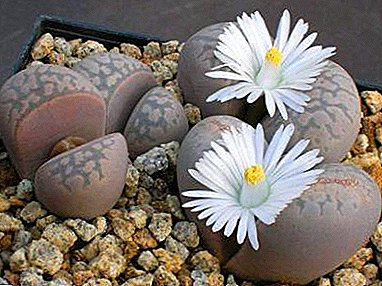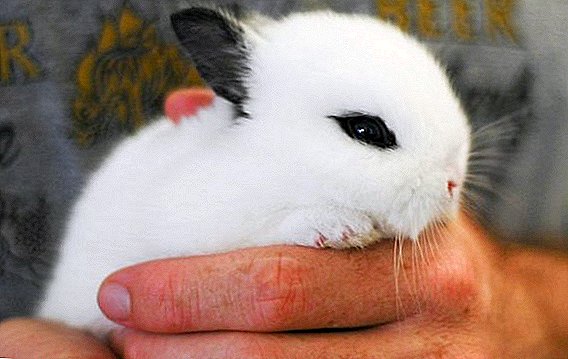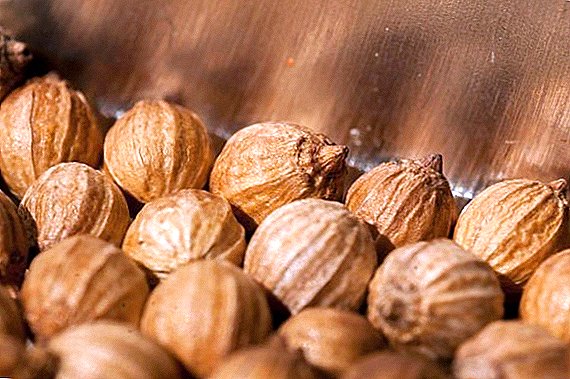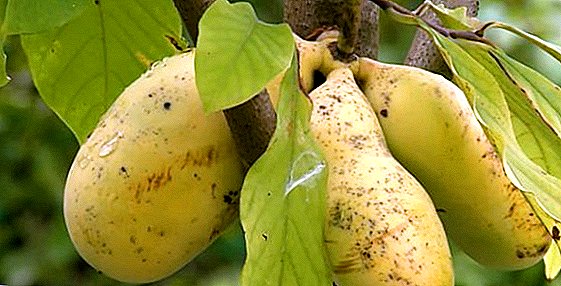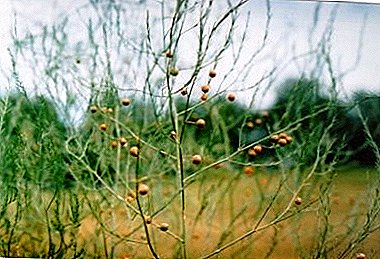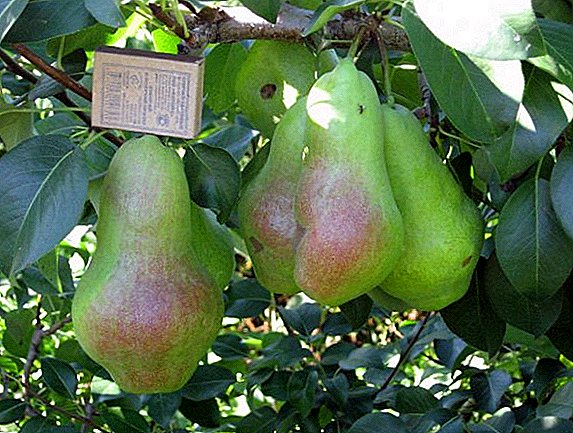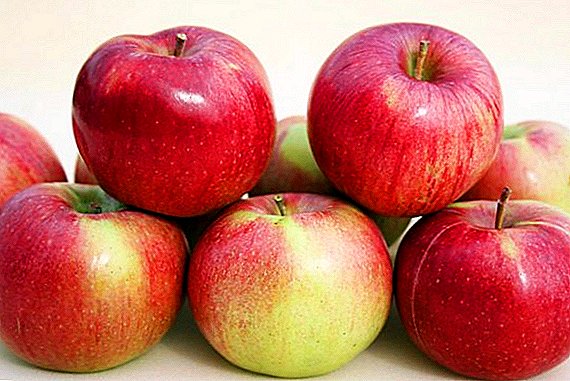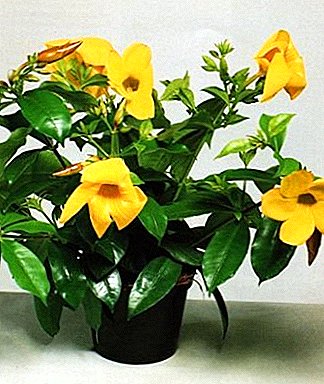
Plants of this genus, named after Frederick Allamand, a professor at Leiden University, inhabit the tropical regions of South America in nature, most often found in Brazil.
These are trees, shrubs and creepers.
Many species are decorated with large, tubular, very fragrant flowers of different shades of yellow or purple, revealing five slightly bent, wide, pointed at the end, petals. Prickly fruit-boxes contain many seeds.
Tall creepers Allamanda feel great in the winter gardens or greenhouses with large spaces and high humidity, but it is more difficult to keep them in room culture.
Care should be taken when caring for allamandas, since all parts of these plants are poisonous, and the white milky juice causes irritation of the skin and eyes.
A photo





Kinds
In room culture most common three kinds of allamand:
Laxative
More often grown at home.
The name is associated with the action that leaves and stems of this plant have, containing poisonous, irritating mucous membranes juiceWhen ingested.
The rest is beautiful, fast-growing lianacapable of reaching a length of 6 meters.
Rounded, somewhat elongated leaves are arranged in pairs, against each other.
Large, opened up to 6 cm, yellow with a bright base, fragrant flowers bloom on apical shoots.
It has many varieties that differ in color and intensity of petal coloring.
Purple
 In this species liana allamand leaves are rounded and elongated, with pubescence, assembled in sockets of four pieces.
In this species liana allamand leaves are rounded and elongated, with pubescence, assembled in sockets of four pieces.
Location pale lilac, purple or purple flowers apical, these funnels, bells are often laid out in groups of up to 3 pieces.
This species is growing slowly.
Oleandrolist
Shrub form with naked shoots, growing to a meter height. The elongated, rounded leaves on top are painted in a saturated green color, and on the bottom - light green.
Yellow flowers with a tube thickened at the base and long stalks a little bit smaller than that of vines: they unfold up to 4 cm across.
Home care
Lighting
Brazilian natives will need a lot of light and a better place for them. - southeast, south and southwest windows; however, on the south windows at the height of summer you will need to limit exposure to direct sunlight.
In winter, especially in a warm room, allamandam need light illumination.
Temperature
Long-term drop in temperature below 15 degrees leads to the death of the plant.
Draft contraindicated in any season.
Air humidity
These plants need air saturated with moisture up to 60-70% - and, accordingly, regular spraying soft tepid water.
No water should flow during the flowering season. on yellow or purple petals, as a result of them form dark spots.
To stabilize the moisture level, you can put allamandu on wet pebble or sphagnum tray.
Priming
 Good growth and bloom will provide nutritious, quite friable, slightly acid or neutral the soil.
Good growth and bloom will provide nutritious, quite friable, slightly acid or neutral the soil.
You can choose one of the following mixtures:
- Four parts of leafy land, in two - sod land, peat and humus; one is sand;
- Mix five parts of humus with two parts of leafy ground and add one part of sand, peat and turfy ground;
- Turf ground, leaf ground, humus, sand mixed in a ratio of 2: 1: 1: 1.
Landing
Planting capacity for allamand of laxative can be taken "for growth", since this species is developing rapidly. Allamandy violet and oleandrolian grow slower and their container height can be half the length of the shoots.
At the bottom, a layer of expanded clay or small pebbles is placed, the prepared soil is poured, the root system is placed on it and the earthen mixture is filled, gradually compacting it.
For creepers it is necessary to provide support.
Transfer
Repotted "Brazilian" in February or March: young instances annuallymore mature - once in 2-3 years.
To limit height, from the “developed” pot with a diameter of 20 cm, the plant is no longer transplanted, but only shortens its roots and sprinkles fresh earth.
After the purchase Allamandy, as a rule, is transplanted - usually after a two-week quarantine, during which possible problems of the “new settler” are revealed, as well as damage by its diseases or pests. During this time, the “purchase” is adapted to the new conditions for it, and a decision is made on the most suitable capacity for it.
Watering
Summer watering should be plentiful, so as not to have time to dry the earth. Winter watering - moderate, the topsoil between intakes of irrigation water should dry out.
Top dressing
 During the season of active growing season and flowering, In spring and summer, feeding is carried out with a frequency one to two times a month.
During the season of active growing season and flowering, In spring and summer, feeding is carried out with a frequency one to two times a month.
Use complex fertilizer for indoor plants.
Good results are obtained by alternating mineral and organic dressings.
Pruning
Allamands are cut not only to limit their growth in length and to achieve a more dense leaf cover, but also to ensure a beautiful abundant flowering - because the flowers are formed on the tops of young shoots.
Trimming (always wearing gloves!) spend either February-March, before flowering, either In Novemberafter it ends. Shoots pruned by a third or even half their length, the cut is located above the leaf nodes with points of growth. Weak and thickening shoots are removed. As required, young shoots pinch.
Plants well-shaped, so that even an intensively growing allamand laxative can be turned into a lush bush, supported on a support-grid.
Bloom
Allamanda’s blooming season covers all summer and autumn; With good care, these waves of large yellow or purple flowers roll in annually. In place of the faded "bells" prickly box-shaped fruits ripen.
Breeding
In room culture and apply seed and vegetative method of reproduction.
Seed propagation
In February and March, allamants are sown in a moist, light soil containing sand and peat equally, they are sown with polyethylene film, aired and sprayed, maintaining the temperature within 22-25 degrees.
Seeds germinate about a month and a half; after the appearance of several true leaves, they dive, and then, as they grow, they are seated in separate containers with more nutritious soil.
Reproduction by cuttings
 For such reproduction, it is best to cut semi-lignified cuttings 8-10 cm long at the end of winter-early spring. Use the growth medium to cut the lower sections and place them in moist sand - preferably heated from below.
For such reproduction, it is best to cut semi-lignified cuttings 8-10 cm long at the end of winter-early spring. Use the growth medium to cut the lower sections and place them in moist sand - preferably heated from below.
Cover with polyethylene. This greenhouse should be regularly ventilated and sprayed, maintaining the necessary humidity at a temperature of 23 to 25 degrees.
After rooting, the cuttings are planted in nutrient soil composed of humus, sod land and sand in equal quantities. After a month and a half, they will develop into full-fledged little Allamandas.
Graft
An interesting result can be obtained by instilling a purple allamanda on the yellow (laxative). Then growth of a violet look will accelerate, and on one plant gentle "hand bells" of both flowers will adjoin.
Vaccination is carried out in early spring - you can combine it with pruning. They split the stump of the rootstock (yellow), put in it an oblique cutting of a graft (purple) cut obliquely by a double-sided wedge, trying to connect the bark with the bark, the core with the core. The vaccination site is wrapped with fluoroplastic tape and waiting for new shoots to appear on the grafted graft. After that, the tape is carefully removed; You can cover the area of accretion with garden pitch.
- Care errors, diseases and pests
- Foliage turns brown and curls - excessive watering and / or hypothermia. It is necessary to adjust the flow of moisture and temperature.
- Shoots are drawn, leaves turn pale - lack of lighting and / or nutrients. It is required to organize dosachivanie and feed the plant.
- Stems turn black at the base and rot. - The result of excessively crowded planting and waterlogging, especially in combination with low temperature. Healthy specimens need to be planted, and fungicide added to irrigation water. Affected plants should be eliminated.
- On allamandah can settle whitefly, aphid, spider mite, and nematodes. The most effective destruction of these pests is insecticidal preparations.
Beautiful and poisonous allamandy - plants for skilled and experienced flower growers. When these Brazilian beauties take root in your house, they will provide abundant decoration and aromatization of the rooms annually, and with successful vaccinations you will be able to combine flowers of several shades on one vine.


